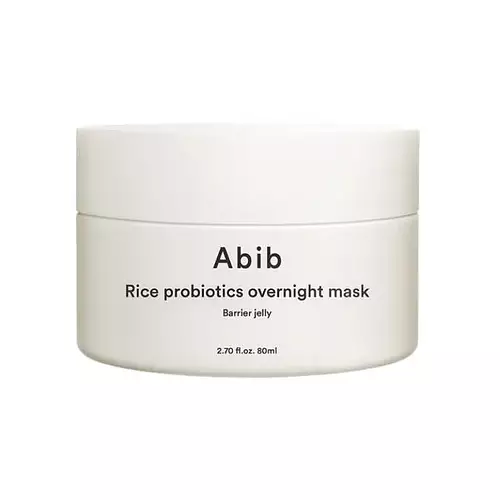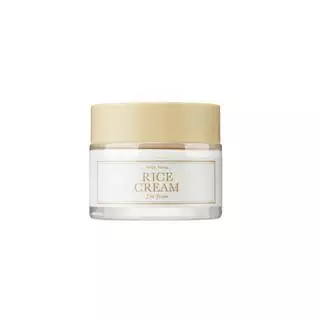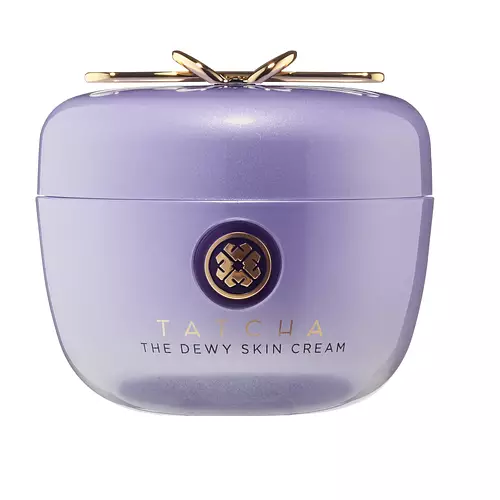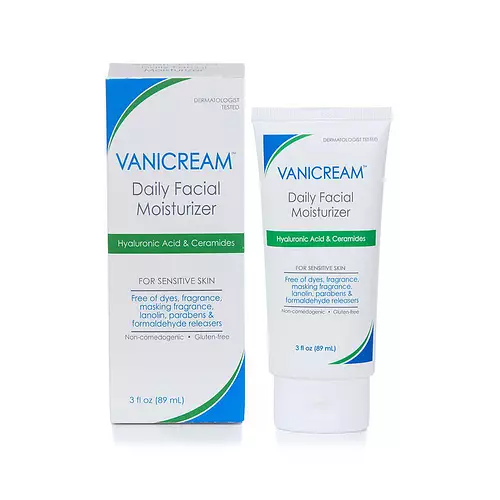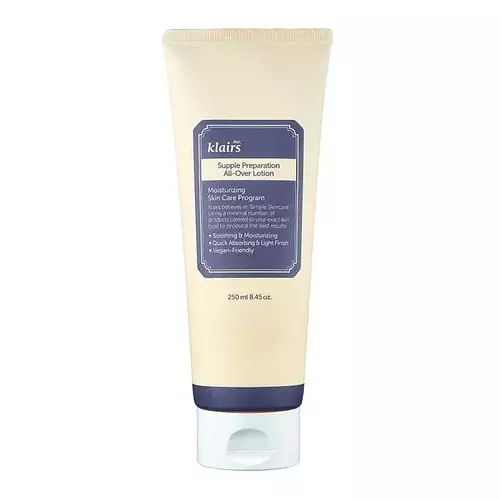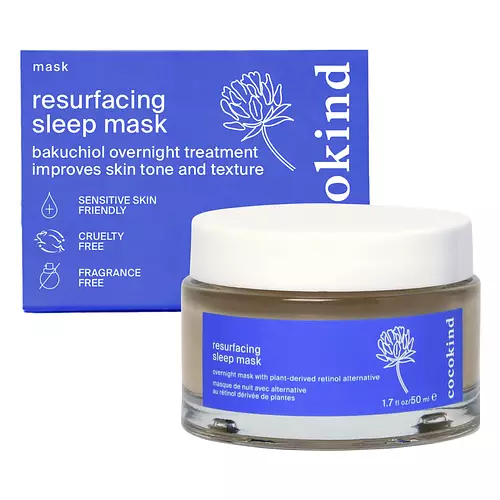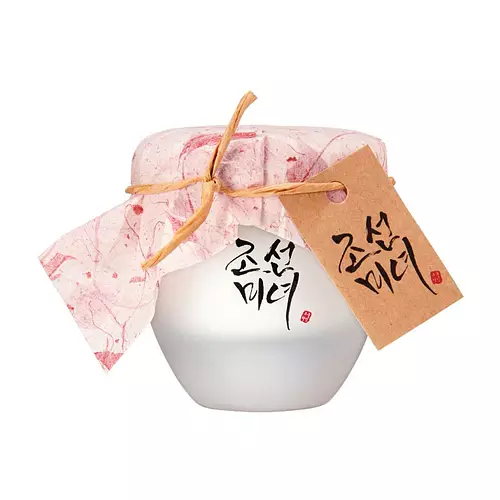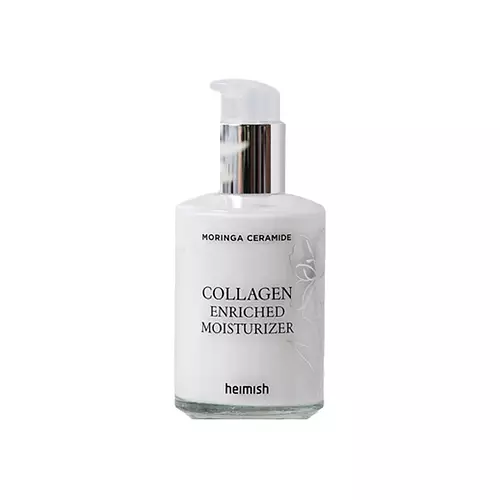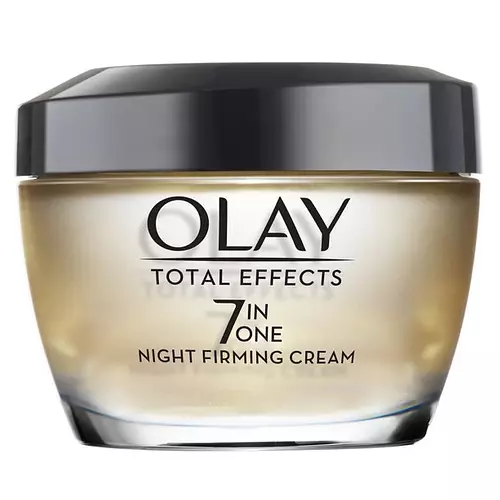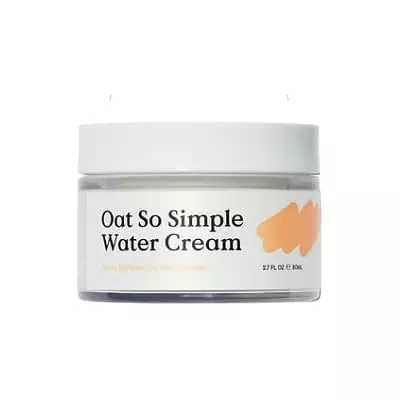Updated on June 01, 2024
Overview
What they are
These products are both reef safe . They have a total of 7 ingredients in common
Cool Features
They both contain hyaluronic acid
Suited For
They're both likely to be good for anti aging, dry skin, brightening skin and scar healing
Free From
They both do not contain any harsh alcohols, common allergens, parabens or sulfates
We independently verify ingredients, and our claims are backed by peer-reviewed research. Spot a product that needs an update? Let us know.
Ingredient Info
Abib Rice Probiotics Overnight Mask Barrier Jelly 17 ingredients
I'm from Rice Cream 33 ingredients
At a glance
Click on any of the items below to learn more
Abib Rice Probiotics Overnight Mask Barrier Jelly 17 ingredients
I'm from Rice Cream 33 ingredients
Benefits
This product contains 1 ingredient that may have this attribute:
This product contains 1 ingredient that may have this attribute:
This product contains 1 ingredient that may have this attribute:
Notable Ingredients
This product contains 1 ingredient that may have this attribute:
This product contains 1 ingredient that may have this attribute:
This product contains 2 ingredients that may have this attribute:
Benefits
This product contains 3 ingredients that may have this attribute:
This product contains 1 ingredient that may have this attribute:
This product contains 3 ingredients that may have this attribute:
This product contains 2 ingredients that may have this attribute:
This product contains 1 ingredient that may have this attribute:
This product contains 2 ingredients that may have this attribute:
Concerns
This product contains 1 ingredient that may have this attribute:
Ingredients Side-by-side
Ingredients Explained
These ingredients are found in both products.
Ingredients higher up in an ingredient list are typically present in a larger amount.
Water. It's the most common cosmetic ingredient of all. You'll usually see it at the top of ingredient lists, meaning that it makes up the largest part of the product.
So why is it so popular? Water most often acts as a solvent - this means that it helps dissolve other ingredients into the formulation.
You'll also recognize water as that liquid we all need to stay alive. If you see this, drink a glass of water. Stay hydrated!
Learn more about WaterGlycerin is already naturally found in your skin. It helps moisturize and protect your skin.
A study from 2016 found glycerin to be more effective as a humectant than AHAs and hyaluronic acid.
As a humectant, it helps the skin stay hydrated by pulling moisture to your skin. The low molecular weight of glycerin allows it to pull moisture into the deeper layers of your skin.
Hydrated skin improves your skin barrier; Your skin barrier helps protect against irritants and bacteria.
Glycerin has also been found to have antimicrobial and antiviral properties. Due to these properties, glycerin is often used in wound and burn treatments.
In cosmetics, glycerin is usually derived from plants such as soybean or palm. However, it can also be sourced from animals, such as tallow or animal fat.
This ingredient is organic, colorless, odorless, and non-toxic.
Glycerin is the name for this ingredient in American English. British English uses Glycerol/Glycerine.
Learn more about Glycerin1,2-Hexanediol is a multi-tasker ingredient. It acts as a preservative to increase shelf-life and can aid other preservatives in preventing microbe growth. 1,2-Hexanediol also helps the skin retain moisture as a humectant.
In products that are water-based, this ingredient can help stabilize perfumes and fragrances. It can also help make the texture of products softer and more smooth.
Ammonium Acryloyldimethyltaurate/Vp Copolymer (let's call it AAVC for short) is a synthetically created polymer. It's used as a film-forming agent and used to thicken the consistency of products.
AAVC is able to increase the consistency and viscosity of products due to its large molecule size. It also prevents ingredients from separating.
Ethylhexylglycerin (we can't pronounce this either) is commonly used as a preservative and skin softener. It is derived from glyceryl.
You might see Ethylhexylglycerin often paired with other preservatives such as phenoxyethanol. Ethylhexylglycerin has been found to increase the effectiveness of these other preservatives.
Adenosine is in every living organism. It is one of four components in nucleic acids that helps store our DNA.
Adenosine has many benefits when used. These benefits include hydrating the skin, smoothing skin, and reducing wrinkles. Once applied, adenosine increases collagen production. It also helps with improving firmness and tissue repair.
Studies have found adenosine may also help with wound healing.
In skincare products, Adenosine is usually derived from yeast.
Learn more about AdenosineSodium Hyaluronate is hyaluronic acid's salt form. It is commonly derived from the sodium salt of hyaluronic acid.
Like hyaluronic acid, it is great at holding water and acts as a humectant. This makes it a great skin hydrating ingredient.
Sodium Hyaluronate is naturally occurring in our bodies and is mostly found in eye fluid and joints.
These are some other common types of Hyaluronic Acid:
Learn more about Sodium HyaluronateIngredient Ratings
Here's what our community thinks of the ingredients in these two products.
When to use
Abib Rice Probiotics Overnight Mask Barrier Jelly 17 ingredients
I'm from Rice Cream 33 ingredients


Reviews
Here's what our community thinks
Abib Rice Probiotics Overnight Mask Barrier Jelly 17 ingredients
NBG
It's unlike any other product I've ever used: a thick, sticky jelly. But what it does for my skin is amazing!
I have dry/combo skin and it...
It's unlike any other product I've ever used: a thick, sticky jelly. But what it does for my skin is amazing!
I have dry/combo skin and it really helps to keep my skin hydrated while using tretinoin. I wake up with soft, supple skin unlike any other moisturizer I've used.
It's also FA-safe, which is good for my seborrheic dermatitis (same yeast can cause both of those conditions).
Butter
It's very sticky but it does the job. Really hydrating for a gel and does a good job at barrier repair. It is one of the stickiest products I've...
It's very sticky but it does the job. Really hydrating for a gel and does a good job at barrier repair. It is one of the stickiest products I've tried but it does give good results.
I'm from Rice Cream 33 ingredients
AnaRitaSantos
Great product but not for oily skin
I've seen this product being recommended for combination skin and being praised by its brightening effects. I...
Great product but not for oily skin
I've seen this product being recommended for combination skin and being praised by its brightening effects. I thought I should try it but it was a mistake. Shea butter, Beeswax, Rice oil and a full list of other emolients made it impossible for my oily acne skin to handle it. I think the target skin type here is dry/very dry skin. Nonetheless, the consistency is beautiful and very elegant and the few times I used it as a night cream, it had a super brightening power in the next morning. Unfortunately I could not use it regularly and had to recycle it as hand creme.
